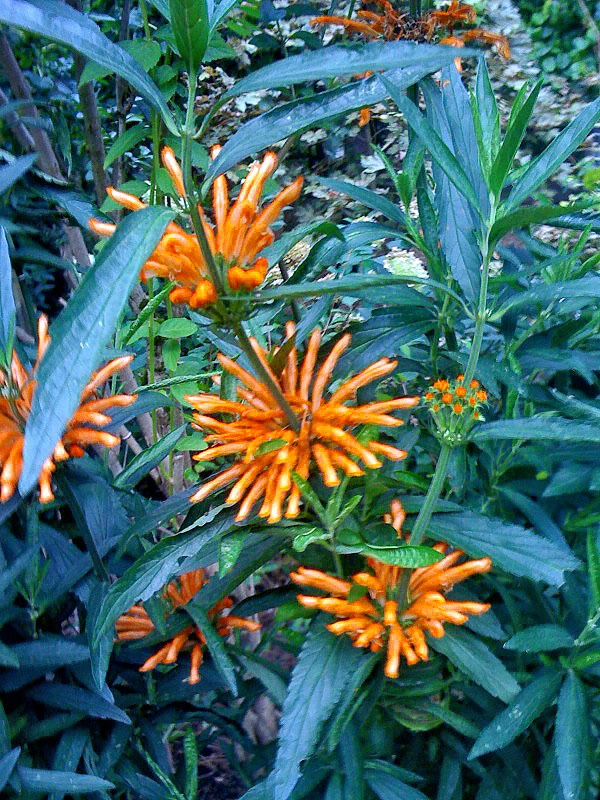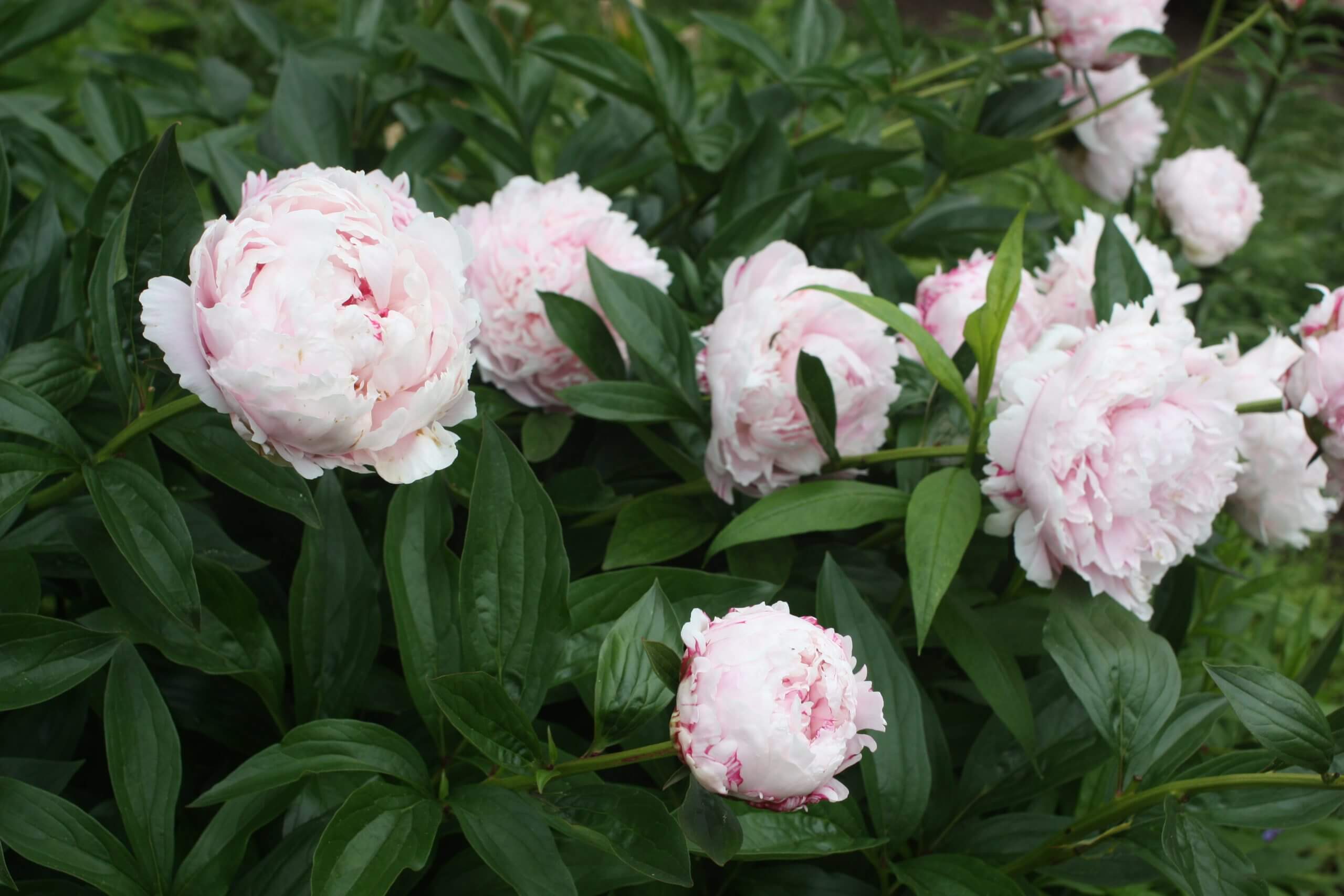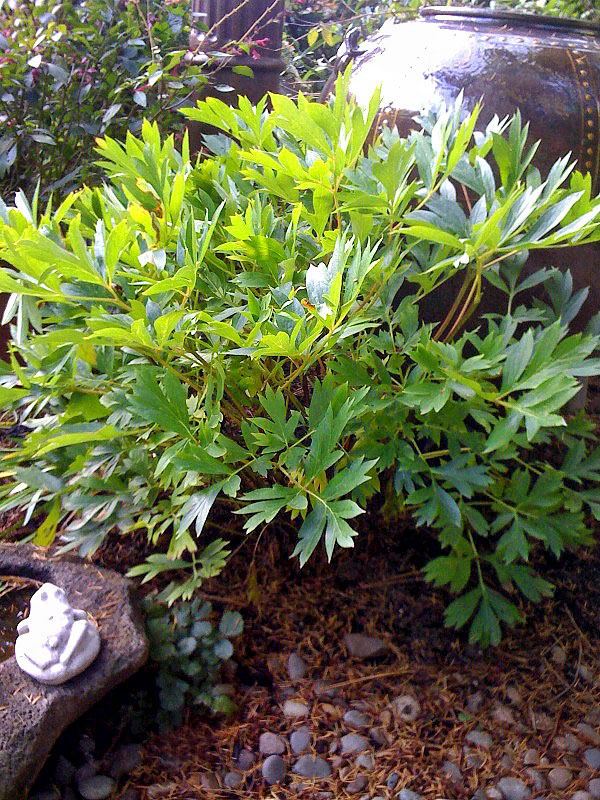November is a great gardening month here in the Pacific Northwest. While we usually have some rain, we still get rainless days, making it ideal to work outside. This year has been no exception. This kind of weather makes it a perfect time to plant new shrubs and trees and let them get settled before spring. The rain has made it easy to dig and cultivate, and the soil temperature is still relatively warm. The roots have an opportunity to begin growing and will be ready to “spring forward” with new growth next season.
 Lion’s Tail
Lion’s Tail
In my November garden, I am surprised at the amount of color that I still have, not only from fall leaves but even some flowers. An outstanding flower blooming now is Leonotis leonurus (Lion’s Tail). This tall late-summer and early-fall-blooming plant has whorls of deep rust-orange flowers appearing on long stems reaching 6 feet. The bloom habit and color are quite striking and unique. This plant is technically a tender perennial, but I consider it an annual, and then if it does not survive the winter I am not disappointed. If it does survive, I am pleasantly surprised. Thus, I am mentally prepared for either scenario.
I planted my Lion’s Tail in early June and worked Black Gold Garden Compost Blend into the top 6 inches of soil. At this same time, I also added rose & flower fertilizer. This one application of fertilizer is all that I added for the entire season. I placed them in a sunny location behind a mixed border of shrubs and flowers. Lion’s Tail is a rather nondescript plant in early spring. Since it does not come into flowering until late summer or early fall, many gardeners are unaware it exists until later in the season.
This fall, after the first hard frost, I am going to cut the plants back to ground level and mulch the soil with 4-5 inches of Black Gold Garden Compost Blend to see if this will provide enough winter protection for the Lion’s Tail to survive. If not, I will happily buy new plants in the spring!
Transplanting Perennials
 When we do have those sunny days, this is also a perfect time for some general garden maintenance. If your garden is anything like mine, I often put plants in the wrong place. It seems that I plant short ones in back and tall ones behind! So, this is the time when I walk through the garden and sort out what needs to be changed.
When we do have those sunny days, this is also a perfect time for some general garden maintenance. If your garden is anything like mine, I often put plants in the wrong place. It seems that I plant short ones in back and tall ones behind! So, this is the time when I walk through the garden and sort out what needs to be changed.
In the Pacific Northwest, November is also an ideal time to transplant hardy perennials like phlox, hostas, and peonies. Of these, peonies are one of my favorite, I have many in my garden, but extra attention must be given when transplanting them.
If your peony flower production has declined in recent years and the plants have been in their location for several years, they might need to be divided. Fall is the time to do it.

Peonies have large, fleshy roots with “eyes” or growing points towards the top. When dividing them, make certain to have one eye on each piece and do not plant them more than about 3 inches below the soil surface. One to two inches is ideal for these exceptionally hardy perennials. If planted too deep, peonies will not bloom.
Herbaceous peonies (Paeonia lactiflora) are winter hardy in most areas, and have been known to return annually for well over 100 years. Once established, they require little care, other than having good drainage and a sunny location. In November, I cut my herbaceous peonies to the ground, and add a light mulching layer of Black Gold Garden Compost Blend as winter protection.
In spring, most standard herbaceous peonies (Paeonia lactiflora) need to be staked because their large flowers are supported by weak stems that immediately flop in rain. I have seen gardeners use tomato cages as support them, and this seems to work. Just be sure to place the cages over plants as soon as they begin to grow in spring. There are also special peony supports that do a good job of holding up the stems.
 Itoh Peonies
Itoh Peonies
New introductions to the plant world are Itoh peonies, or intersectional hybrids. These are crosses between tree peonies and herbaceous peonies. The result is outstanding new plants. The flowers tend to look like tree peony blooms while the plant grows like the herbaceous peony. To me, their big advantage is the very sturdy stems that do not need staking.
The picture shown was taken in November, and while my herbaceous peonies have been cut to the ground, this Itoh peony ‘Bartzella’ looks almost as good as it did in the spring. ‘Bartzella’ has clear yellow, fragrant flowers that continue blooming over an extended period of time in the spring. I have had it for three years, and it is an outstanding plant in my garden.
Check out your local garden center as there are new colors being introduced. This might be November, but that does not mean you should halt work in your garden. Flowering plants, like Lion’s Tail and Itoh peonies, make great additions to any garden. I actually find this time of year ideal for contemplating what I want to change and add for next year. Enjoy the season!
